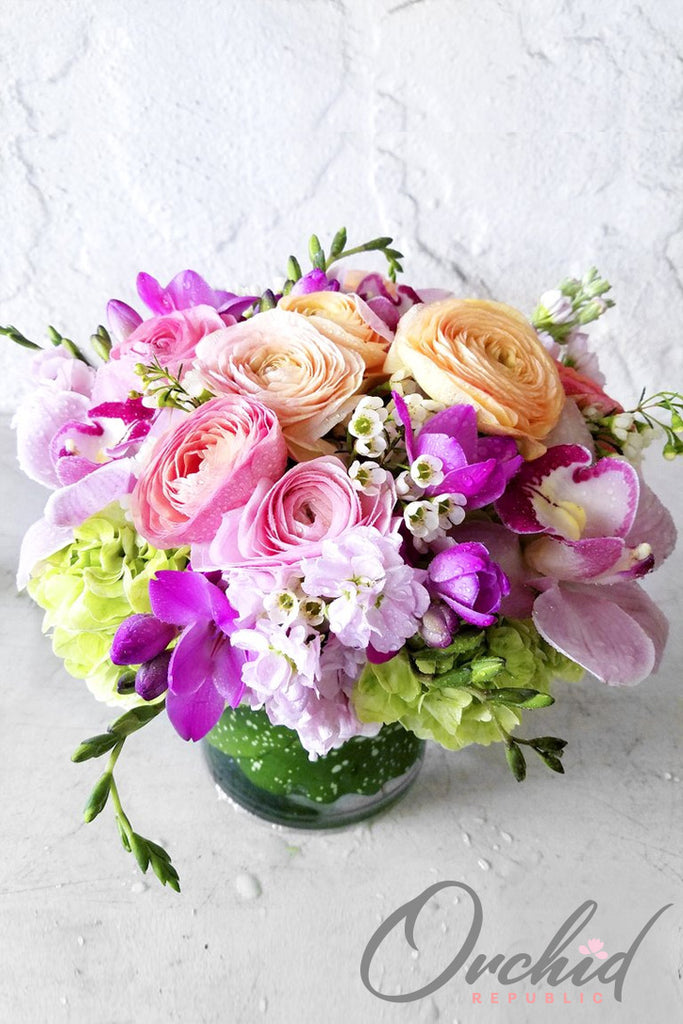
Image: Pexels
Growing orchids in Los Angeles is no mean feat, because of the beautiful weather we enjoy all year round. Store-bought orchid plants will undeniably thrive here so long as they’re provided with adequate sunshine, sufficient water, and fertilizer whenever necessary.
Why Do Orchids Need Fertilizer?
When you buy an orchid plant – whether it’s a phalaenopsis orchid, a cymbidium orchid, a vanda orchid, or an intergeneric orchid breed – it’s true that the potting medium it comes with is enough to keep alive and healthy. However, it needs more than that if you want it to bloom again and again for a long time. This is why giving your orchids fertilizer every now and then is important.
Top 3 Best Natural Orchid Fertilizers

Although there are a lot of orchid plant fertilizers that are readily available, making your own natural homemade orchid plant food version is much better because it not only lowers your risk of toxic exposure to harmful synthetic chemicals, but it’s also a fantastically creative and pocket-friendly way to nourish your precious orchids.
Crushed egg shells
Egg shells are packed with generous amounts of calcium and potassium, which orchids need in order to thrive. This trick is super easy. Simply save egg shells and crush them using a blender or a mortar and pestle.
Dried Chicken Bones
Dried chicken bones can be an incredible source of calcium and magnesium for your orchids.
For this second orchid fertilizer formula, let’s try this recipe from SF Gate. Here’s what you need to do:- Dry the chicken bones (perhaps you can do this by putting in a paper towel evenly spaced and then setting out under the sun for one or two days)
- Pound using mortar and pestle until you reach a fine sand-like consistency.
- Add green tea leaves for nitrogen
- Add milk, which brings in natural nitrogen, potassium, and phosphorus
- Add a teaspoon of molasses
- Stir thoroughly until your concoction turns brown
- Pour in rice water, which has trace amounts of niacin, riboflavin, thiamin that orchids need
You can use this natural orchid fertilizer once or twice a month during growing season. Pour sparingly on your orchid’s growing medium. Skip the green tea if you’re growing your orchids on soil.
How Often Should You Fertilize Your Orchids?

While orchid fertilizers are crucial, orchid plants will do better with too little than with too much.
White crusting on the soil or the bark, brown and wilting leaves or petals, and blackened roots are typical tell-tale signs of an overfertilized orchid plant.
According to the American Orchid Society, most orchid growers recommend the "weakly, weekly" approach, which means they apply a diluted amount of (1/4 strength) fertilizer each time they water, instead of giving it as a potent one full dose once a month.



